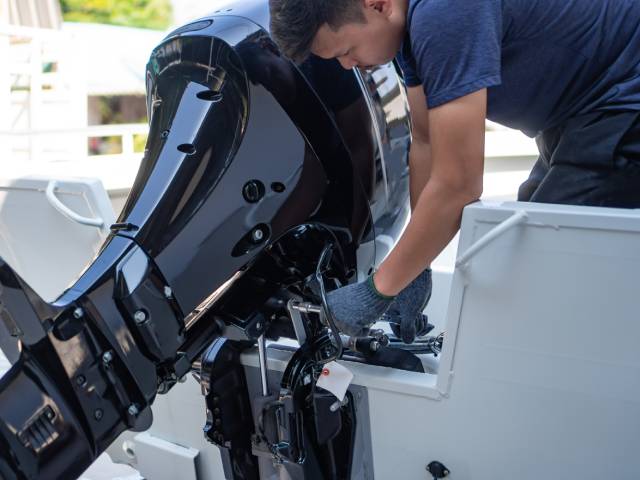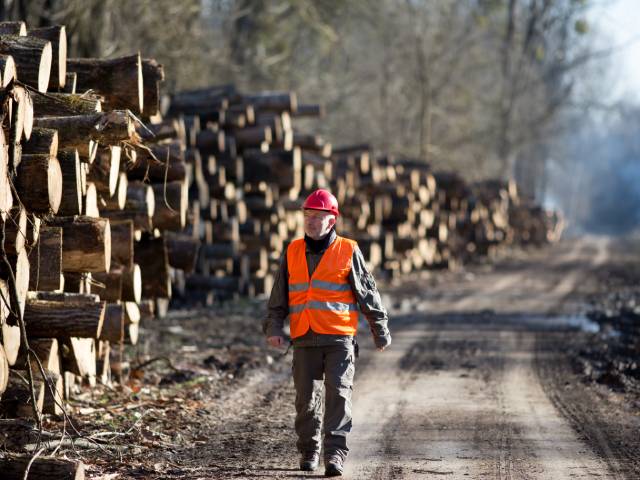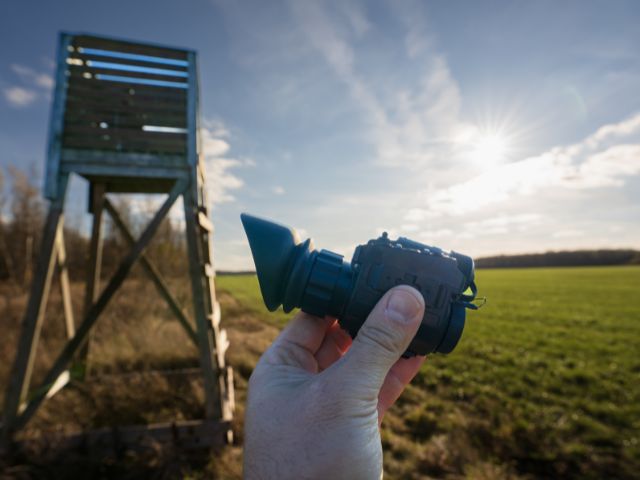
Over the past century, human industrial activities have been largely powered by fossil fuels. Crude oil, coal, and petroleum all contain large amounts of carbon that, when burned, find their way into our atmosphere.
To counteract this problem, governments and industries worldwide have begun transitioning to less destructive energy alternatives. Learn more about are the most efficient renewable energy resources today.
The sun produces more energy than humanity could ever possibly use. Tapping into this energy has been a challenge, but over the past decade, the efficiency of solar cells has improved by a wide margin. This has led to better energy capture and lower operational costs, making solar a much more viable option.
Solar panels’ sizes, shapes, and orientations significantly impact their overall capacity. They tend to do better when facing south in the northern hemisphere and north in the southern hemisphere. However, they also depend on the weather, making them less reliable in certain conditions.
Wind has been another major player making moves in the energy sector. Landowners can lease out sections of their properties to allow manufacturers to install wind turbines nationwide, although wind energy can be collected in many ways.
Other than horizontal- and vertical-axis turbines, utility-scale, distributed, and offshore designs are also making their mark. There are several facts surrounding offshore wind development that demonstrate how versatile this energy capture approach really is.
In some places, geothermal energy can provide much of the needed electricity to the area. While efficient, geothermal energy can only be found in certain locations, making it a less popular option. In contrast, solar and wind collection can be done just about anywhere.
Geothermal plants use steam to generate electricity that can then be tapped into. In order to use this method, companies must first find areas with high geological activity that they can use to heat the water that creates the necessary steam. However, geothermal energy production uses a lot of water and can contaminate the environment.
The global population grows every day, and all of these people contribute to the amount of energy consumed. Renewable energy sources allow us to meet these demands without affecting the environment.
While home improvements such as replacing curtains with window films can help with energy consumption, changing how we generate the energy is a better long-term solution. The most efficient renewable energy resources today offer cost-effective alternatives to traditional energy production.
24World Media does not take any responsibility of the information you see on this page. The content this page contains is from independent third-party content provider. If you have any concerns regarding the content, please free to write us here: contact@24worldmedia.com
Latest Posts

Why Stainless Steel Products Are Used in the Medical Field

How Industrial Facilities Can Reduce Energy Consumption

5 Mistakes That Supplement Companies Should Avoid

How To Extend the Life of Your Concrete Floors

4 Tips To Help Your Employees Be More Productive

The Threats Beehives Face When Improperly Moved

Building Up: The Daily Life of an Ironworker

Interesting Facts About Prefab Home Construction

Boat Battery Maintenance Tips and Tricks

Important Tips for Pursuing a Career in the Logging Industry

4 Mistakes To Avoid in Hazardous Materials Storage

The Benefits of Night Vision When Hunting